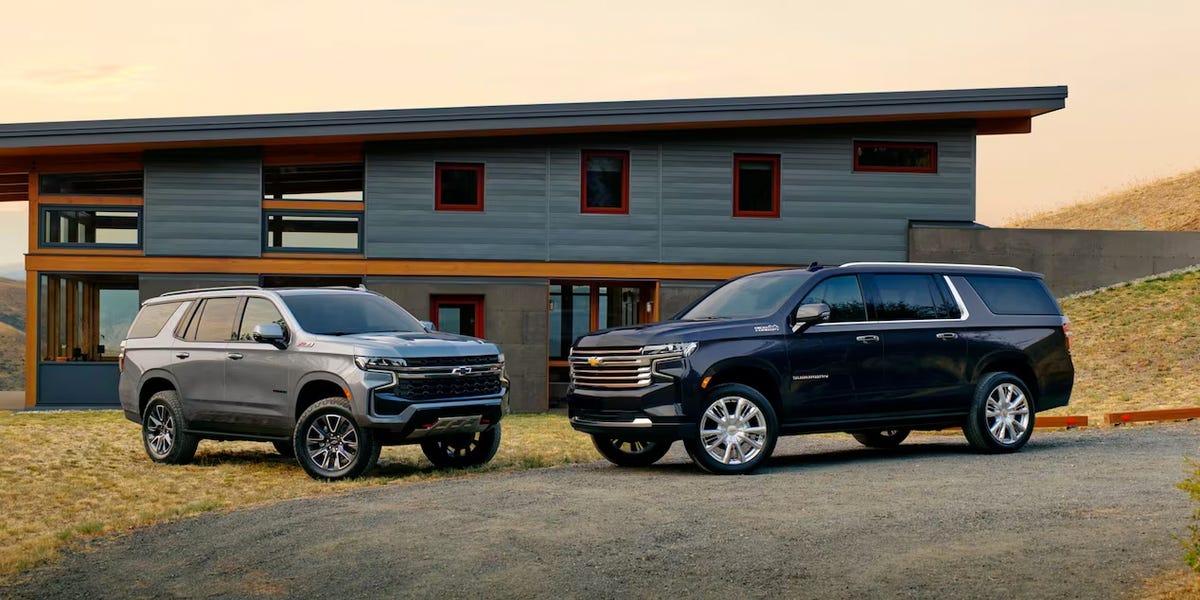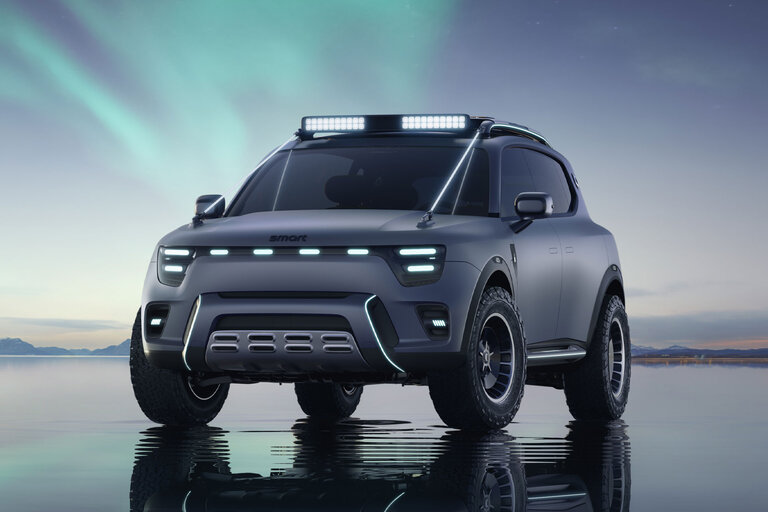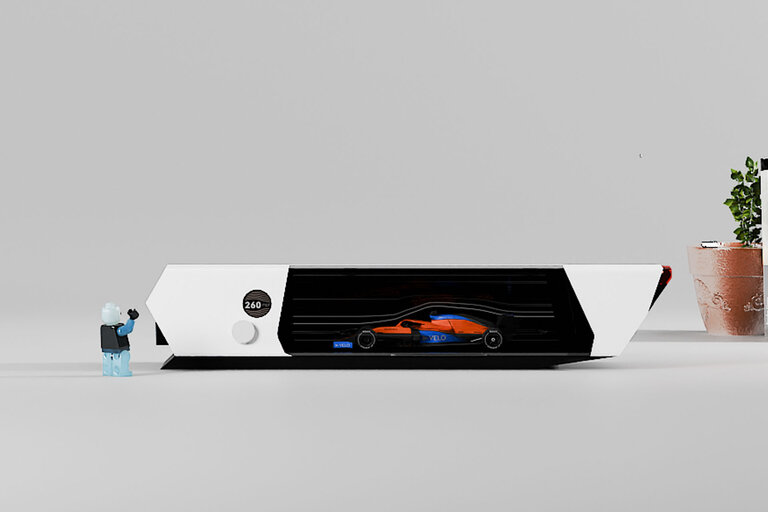
The Chevrolet Tahoe and Suburban are both full-size, truck-based SUVs that share many components including available engines, underpinnings, and exterior and interior styling. But there are some differences between the two, most notably the Suburban’s greater size and higher pricing. We’re breaking down the two models’ specs and features to help you determine which is the better choice for your needs.
Exterior Dimensions
With a longer wheelbase and overall length, the Suburban has a larger footprint than the Tahoe. The Suburban is 15 inches longer than the Tahoe and has a wheelbase that’s stretched by 13.2 inches. While the two SUVs have similar exterior designs, you can tell them apart by looking at the rearmost side windows. The Suburban’s rear window is longer, hinting at the greater space within.
Interior Dimensions and Cargo Space
The Suburban’s larger size pays dividends inside, as its third-row seat and cargo area are both more spacious than the Tahoe’s. In the third row, Suburban passengers get an extra 1.8 inches of legroom. There’s also a lot more space behind the third-row seat in the Suburban, as it offers 42 cubic feet of space compared with the Tahoe’s 26 cubic feet. This advantage applies if you fold down the third- and second-row seats, too. The Suburban’s maximum cargo capacity of 145 cubic feet with all seats folded beats the Tahoe’s max capacity of 123 cubic feet.
Some versions of the Suburban and Tahoe can be outfitted with a three-passenger front bench seat that increases seating capacity to nine passengers. Otherwise, most Tahoe and Suburban models have either an eight-passenger setup with front bucket seats and a second-row bench, or a seven-passenger setup with second-row captain’s chairs. The third-row seat fits three passengers regardless of configuration.
Interior Technology and Features
The Tahoe and Suburban look nearly identical inside, offering the same technology features and similar interior designs. The base LS models come with an 8.0-inch touchscreen infotainment system, while LT models and above have a larger 10.2-inch touchscreen and a 12.0-inch digital gauge cluster.
Both the Tahoe and Suburban offer a wide range of trim levels. Things start off with the modest LS and LT trims, which come standard with features such as automatic climate control, a power driver’s seat, and remote start. The RST is meant to look sportier, while the Z71 comes with off-road upgrades such as a transfer case, a modified suspension, and skid plates. The Premier and High Country come with more luxurious features such as chrome trim, heated second-row seats, a heated steering wheel, and an upgraded sound system. These higher trims are also available with Chevy’s Super Cruise semi-autonomous driver-assist system that allows you to drive hands-free on the highway under certain conditions.
Engines and MPG
Both the Tahoe and the Suburban come standard with a 5.3-liter V-8 engine and rear-wheel drive. It produces 355 horsepower and 383 pound-feet of torque. Four-wheel drive is optional on most trim levels but standard on the off-road-oriented Z71. A more powerful 6.2-liter V-8 is optional on higher trim levels and has 420 horsepower and 460 pound-feet of torque. There’s also an available turbo-diesel 3.0-liter inline-six that provides improved fuel economy.
EPA fuel economy ratings are largely the same between the Tahoe and Suburban, ranging from 16 mpg combined for 4WD 6.2L versions all the way up to an impressive 24 mpg combined for 2WD diesel Tahoe models. A 10-speed automatic transmission is standard equipment across the board. In our testing, a 2021 Tahoe diesel achieved a real-world 75-mpg highway fuel-economy result of 27 mpg.
The Tahoe does have a slightly smaller fuel tank than the Suburban, holding 24 gallons compared with the larger SUV’s 28 gallons. Given that the two deliver similar fuel economy, this means that you’ll likely be able to go further on a tank in the Suburban.
Price
As you’d expect given its smaller size, the Tahoe is the cheaper of the two options. It starts at $3000 less than the Suburban regardless of which trim level you choose. Here’s a breakdown of the starting prices for the 2023 Tahoe and 2023 Suburban.
2023 Tahoe
- LS: $56,095
- LT: $61,595
- RST: $64,195
- Z71: $66,195
- Premier: $69,495
- High Country: $76,795
2023 Suburban
- LS: $59,095
- LT: $64,595
- RST: $67,195
- Z71: $69,195
- Premier: $72,495
- High Country: $79,295
#Chevy #Tahoe #Suburban #Differences
Source link






